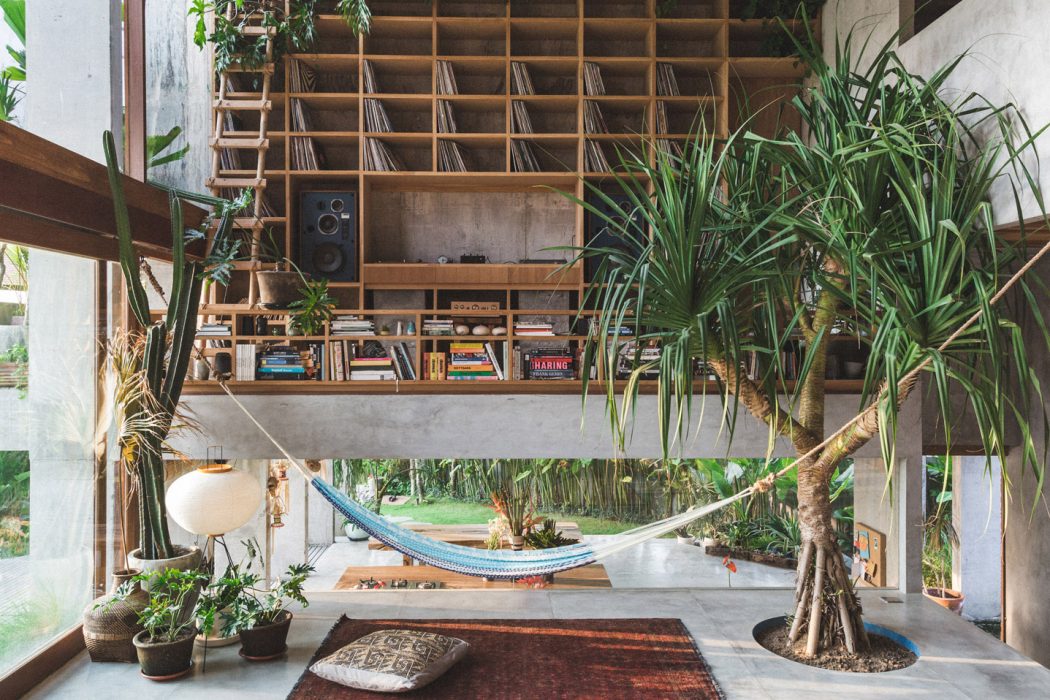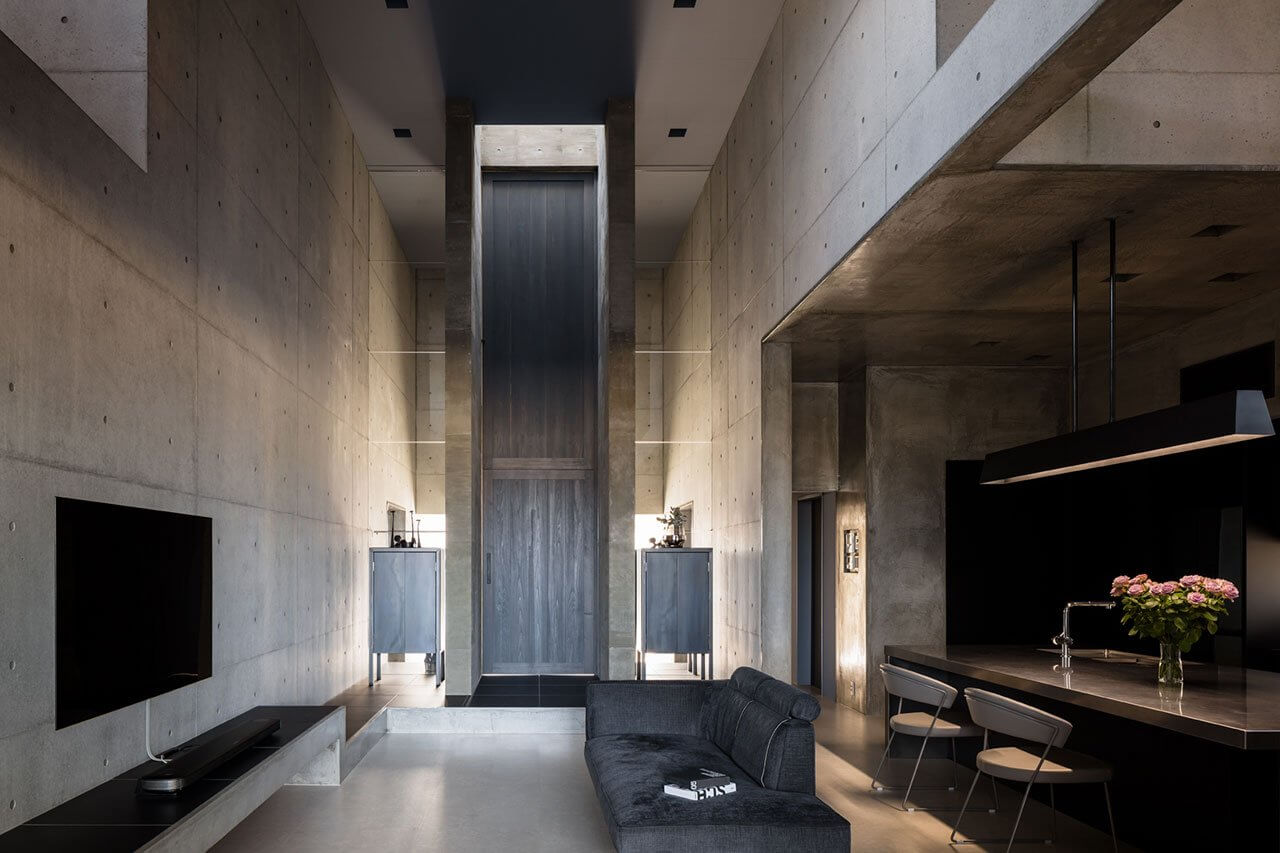Table Of Content

While the cheap, raw materials that architects used to construct brutalist buildings allowed for fast rebuilding and growth, the looming, rugged forms gained a negative reputation for their seeming coldness, harshness, and association with Communism. I've found the best way to determine if neo brutalism is suitable for your website is to learn about it. I'm here to help you dive into neo brutalism UI design head-first so you can decide if you want to transform your website into a neo brutalist masterpiece. I'll begin by sharing what neo brutalism is, and then we'll go into why it's so popular. I also chatted with HubSpot user experience (UX) and product team members to dive into how neo brutalism can impact user experience and when you should consider using it. If you've ever encountered a website characterized by bold elements, bright colors, and oversized, graphic typography, you've experienced neo brutalism design.
What Is Brutalist Architecture?
In an old Xeroxed flyer for a punk show was information on how to absorb those songs; in an iconic ad for Maxell cassette tapes lurked signals about the spirit of rock. "We are privileged that our first project in Canada should be so transformative and focused on contributing to Toronto's public realm," said Rafael Viñoly Architects partner Román Viñoly. Developed by Madison Group and totalling two million square feet (185,806 square metres) the project will consist of two individual properties holding two skyscrapers each, which will host a mix of residential, retail, and office spaces. Studio founder Rafael Viñoly died last year, and the studio said he played a role in the design before his passing. A newly constructed wing at the building's southern end contains an additional exhibition hall with offices above, finished externally with a blind concrete facade decorated with the impressions of windows, sills and lintels. Plato Contemporary Art Gallery's rotating walls create two entrances on either side of the building, leading into a central reception, ticket office and cafe area.
brooks + scarpa reimagines breuer's brutalist DC offices as housing - Designboom
brooks + scarpa reimagines breuer's brutalist DC offices as housing.
Posted: Fri, 20 Oct 2023 07:00:00 GMT [source]
Interior Design Trends That Will Define 2024
Red carpets have been printed with the black outline of an aerial view of the Austin city grid. But for the hushed audience at the San Francisco Museum of Modern Art’s kickoff event in February of its “Art of Noise” exhibition, the breathy scales constituted only part of the experience. This article is part of our Museums special section about how institutions are striving to offer their visitors more to see, do and feel. SFMOMA explores the galaxy of visual and technological design that has long revolved around the music we love. "This will be the only Canadian project that the visionary architect Rafael Viñoly contributed to himself, and the firm's first-ever project in Canada," said the team.
Munich Olympics posters
It’s worth pausing to consider where these styles come from, the intentions behind them, and what they mean for UX. In some ways, brutalism is related to minimalism in general philosophy, but there are key differences. Minimalism also takes a less-is-more approach, reducing design to its essential elements. At the same time, it usually doesn’t go as far as stripping a design down to bareness. The reason why brutalism has been able to jump between such wildly different design disciplines is that it tends to describe more of a mindset than visual characteristics.
Constructed predominantly of concrete, the building contains tiers of floor-to-ceiling windows. Stepping up close to the library, you feel the looming presence Brutalist buildings can evoke. That concept reminds me of the complex writing style of William Faulkner. His sentences are sometimes convoluted, sometimes segmented, and often grammatically incorrect. Some designers are becoming bored with simple, straightforward, polished design.
Related Articles:
Because of their heavy poured concrete construction, Brutalist buildings are difficult to renovate (and tear down). However, one successful example is the Centre National de la Danse outside Paris, originally a 1972 administrative building; it transformed in 2003 into a public space and dance center. London's Trellick Tower, designed by architect Erno Goldfinger, is a 31-story Brutalist housing unit completed in 1972 that now has landmark status. Other significant Brutalist buildings in London include the Hayward Gallery in 1968 and the National Theatre (1976) in London's South Bank.
brutalist websites
Often inspiring strong emotions—both those of love and hate—Brutalist architecture remains one of the most divisive architectural styles of the modern age. “The style is characterized by raw, exposed concrete and bold geometric forms,” Mark Bittoni, principal of Bittoni Architects says. “You’ve certainly seen it before in many cultural and civic buildings built between the 1950s and ’70s.” With countless examples spanning countries and continents, the look has both historical significance and remains popular—particularly in residential design—today. In this guide from AD, discover the history and impact of Brutalism, study the controversial reactions to the look, and visit famous Brutalist buildings around the world. Fast forward to 2023, however, and brutalism is making a serious comeback. In the Oscar-nominated Tár, a brutalist Berlin apartment gathered just as much audience intrigue as Cate Blanchett character of Lydia.
Barbican Estate by Chamberlin, Powell, and Bon. 1968–79, London

Known locally as the "glasshouse," the design of the Smithsons' Hunstanton Secondary Modern School emphasizes its long, rectangular, glass-glazed central structure, whose steel framework is visible even from a distance. Such features led architectural critics to use the term "New Brutalism" for the first time in describing the building. The rectangular structure includes two stories, with classrooms located on the first floor, and the interior design makes innovative use of staircase columns to access no more than three classrooms, minimizing the noise and disruption of student movement. The Smithsons saw Brutalism as "an ethic, not an aesthetic." They wanted to focus on an idea of functionality connected to the realities of ordinary life in the post-war era.
During its rise in the ‘60s and ‘70s, it was the embodiment of a philosophy that championed functionality and social responsibility in design. Ultimately, it's up to you to decide how neo brutalism fits your branding and how willing you are to overhaul your site to match this design style. If you still have reservations or are unsure about it, you can always run an A/B test (though, again, it would take a lot of effort to create a site this style for testing purposes). However, if you're looking for a buzzy, fun design style, neo brutalism may be just what you've been waiting for.
Brutalist design originated in the mid-20th century, inspired by the architectural ideas of Le Corbusier and popularized by British architects Alison and Peter Smithson. The term “Brutalism” derives from “béton brut,” emphasizing the use of raw concrete as the primary material. This architectural style, prevalent in the 1950s to 1970s, prioritizes functionality and honest expression of materials, featuring bold, geometric forms and minimal ornamentation. Initially embraced for its utilitarian vision and cost-effective construction, Brutalism left an indelible mark on urban landscapes worldwide.
From the mid-20th century, this style rose in popularity before reaching its peak in the mid-1970s, when it came crashing down as a model of bad taste. But that's all changing now, with a renewed interest and appreciation for this once derided architectural style. “Brutalist design is striking and statement-making—it can be the perfect addition if you are wanting a dose of drama,” says designer Nadia Watts.
Half of the structure's concrete was precast in steel molds and used darker cement, while the rest was cast in wooden frames onsite. Both were left unfinished so that contrasts in color and texture are created, as the second-floor pylons are darker and rougher in appearance, rising to the third floor's lighter and smoothly repetitive forms. The sense of tonal shift created as the building ascends contrasts with the inverted pyramid shape that draws attention downward through the vertical lines of the pylons and window frames to the ground floor, as if emphasizing the building's public function. The building's architects were influenced by Le Corbusier, as well as by Italian Renaissance town halls, and the nearby granite structure of Alexander Parris's Quincy Market (1825). From the beginning, the building was controversial, with calls for its demolition beginning while it was still under construction. This split of opinion is typical of the passionate and divergent views that Brutalist architecture can arouse.
Even if you are familiar, it can be hard to keep track of the difference between all of the major design periods and their contemporary influences. And if you're feeling inspired, shop the rough-around-the-edges pieces throughout this cheat sheet to brutalist design. If you're like us, you've heard the term brutalism thrown around by design-minded style stars. Blame it on the widespread popularity of '70s-inspired fashion trends, historical films, and disco music.

No comments:
Post a Comment